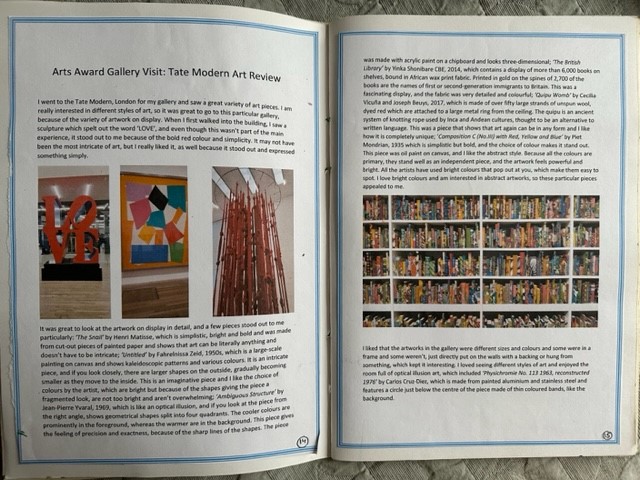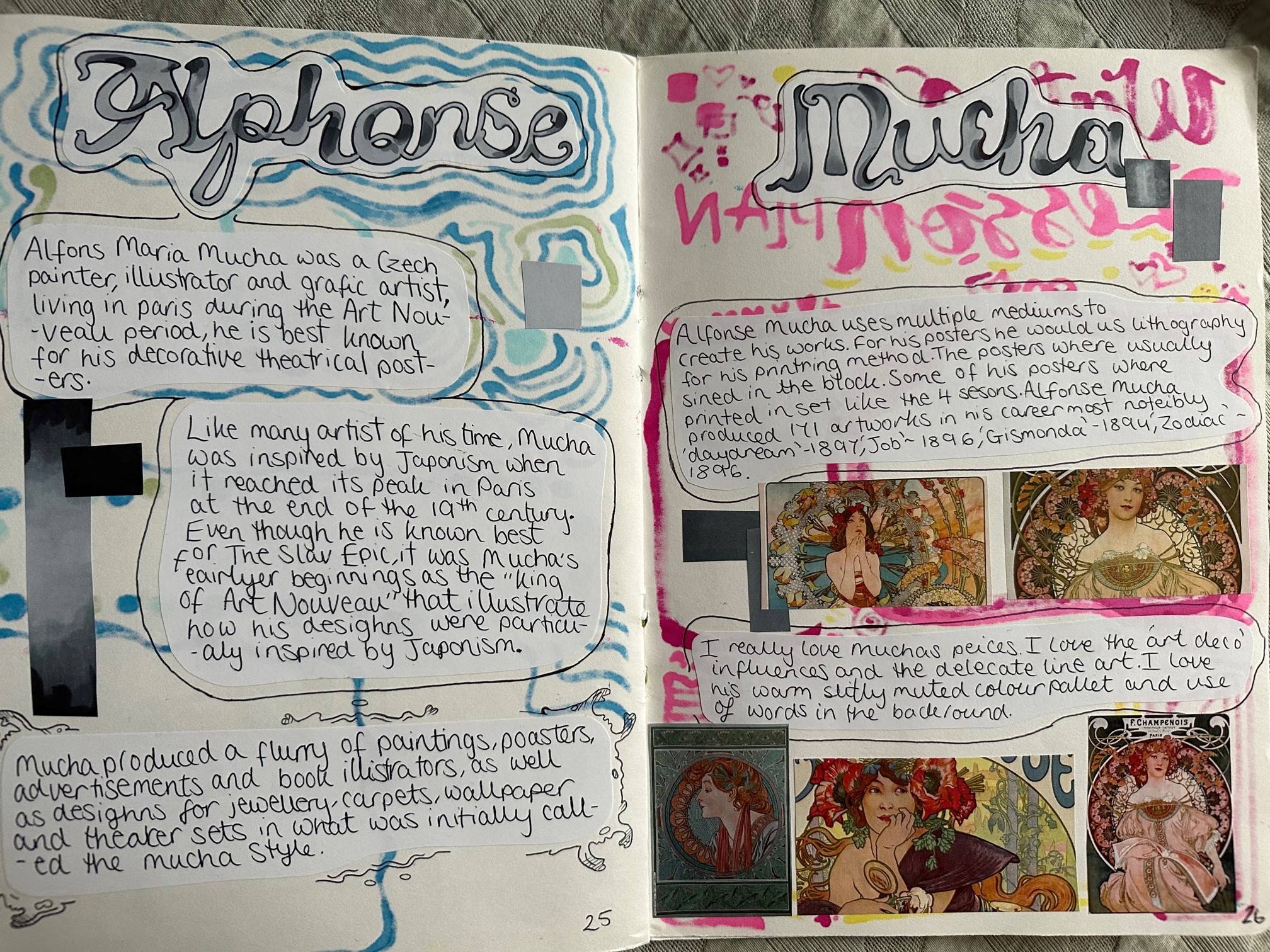
Tips for delivery and assessment: Silver Unit 1
BY: Nicola King
05 Sep 2023
Are you entering young people for Silver Arts Award? Or maybe you are planning ahead at the start of your Silver delivery? Either way this blog should help you! Here we are going to take a look at some areas you should pay close attention to when delivering and assessing Silver, starting with Unit 1.
Remember your most important tool when assessing, or delivering, Arts Award is your adviser toolkit, if you are unsure how to use your toolkit properly take a look at this back-to-basics blog.
Unit 1
Unit 1 Part A- Plan an Arts Challenge
In this part young people need to reflect on their strengths and weaknesses within their chosen art form and create a plan to develop their skills. You should ensure that the challenge the young people set themselves is related to their art form and not leadership skills, which are developed in Unit 2.
The portfolios should evidence the young person’s strengths, weaknesses, and goals, the challenge they have set themselves and how this will help them develop skills, and an action plan that details how they will go about this, including setting targets. Evidence from Part A and Part B may overlap but make sure it is clearly labelled, and that evidence is specific and not inferred.
Young people can work as a part of a group for their Arts Challenge, but each young person must have their own arts challenge, which allows them to develop skills in their art form, as part of the larger group project. A common issue we see with group work is that, while the overall project may have been a success, it did not allow each individual to achieve the criteria. You need to focus on the actual evidence in the portfolio when assessing whether this part has passed and not, for example, how well their performance went.
Unit 1 Part B- Implement and review the arts challenge
Part A and Part B are linked, so in this part the young person will put their plan into action. Evidence for this part could include activity logs, annotated photographs, recordings, blogs, and ongoing review of milestones and targets. There should also be the young person’s final review and reflection on their challenge, and someone else’s review of their challenge (this could be, for example, another student, teacher, or the adviser)
It is really important that the arts challenge is big enough in scope and that the evidence demonstrates that sufficient time has been spent on the challenge to demonstrate their development in the art form. As a guide, the challenge should take the equivalent of approximately three months, spending one to two hours each week on the activity (although this may be more intensive). When assessing the portfolio consider whether the evidence meets the criteria both in terms of size and depth, the Silver assessment criteria should help you with this, you can find these on page 41 of the 2023 toolkit at the end of the section on Silver.
Unit 1 Part C- Review Arts Events
For this part the young person must review at least one arts event, and share that review with others. The arts event could be, for example, a play, a concert, a film, or an exhibition, and it is fine for the event to be online rather than attending physically.
The review, in whichever form it is evidenced, should be in the detail we would expect at a Level 2 qualification. Consider when assessing this part- is the young person reviewing the artistic qualities and creative impact of the event? Are they using art form specific language? Are they demonstrating their knowledge and understanding of the art form?
Unit 1 Part D- Arts research
In this part the young people find out more about arts careers through meeting arts practitioners, and researching and participating in workshops, work experience, or events. They should also research into arts organisations and explore and reflect upon their future education or career pathways.
Active participation is an important element of Part D, as well as their research, we want to see evidence of the young people gaining first-hand experience, at Silver you can facilitate this by organising workshops or advising about opportunities. The young people also need to provide a summary of what they have found out and what influence this has had on them, and this is separate from evidence of research, so remember a summary of what they have found out would not be taken as inferred evidence of research.
Evidence Locator Form
If your centre is selected for moderation, we'll let you know which portfolios we wish to sample. You'll then need to follow our guidance on assembling these portfolios in a digital format, complete an ‘Evidence Locator Form’ for each young person, and submit the work using our portfolio submission platform. It’s crucial that your evidence locator form is as clear as possible as this is the moderator’s guide to young people’s work. If you’ve identified evidence then make sure that your evidence locator form states exactly where to find it! Use page numbers, slide numbers, and ensure that evidence is grouped and labelled so it is clear which section of the award it relates to. If there’s a video or audio recording then note the relevant time code. Put captions on photographs.
Always remember that moderators are looking at portfolios for the first time – they might not have the context needed to match evidence to a specific part, so make it easy for them!
Our portfolio building templates for Silver Unit 1 and Silver Unit 2 can help when gathering evidence, and our evidence checklists will take you through exactly what to look for in the young people’s portfolios.
Now that you have covered Unit 1, why not take a look at our guidance for Silver Unit 2.
Related posts
BY: Nicola King
BY: Nicola King
BY: Nicola King




Comments & Replies